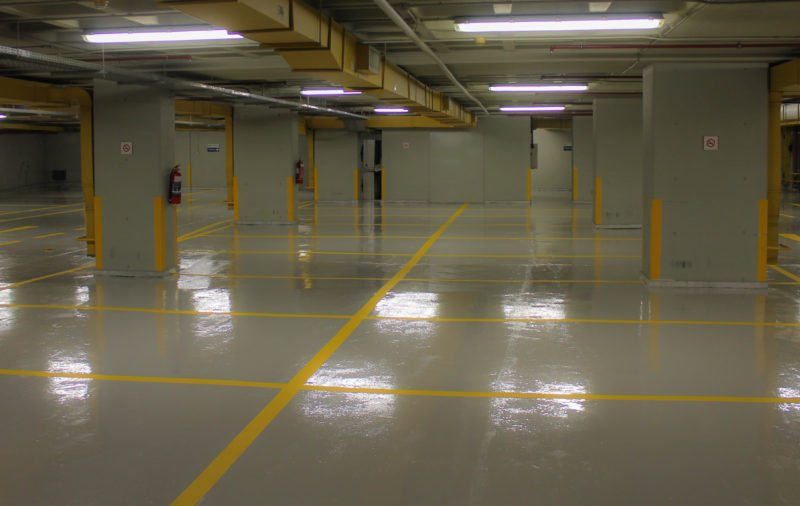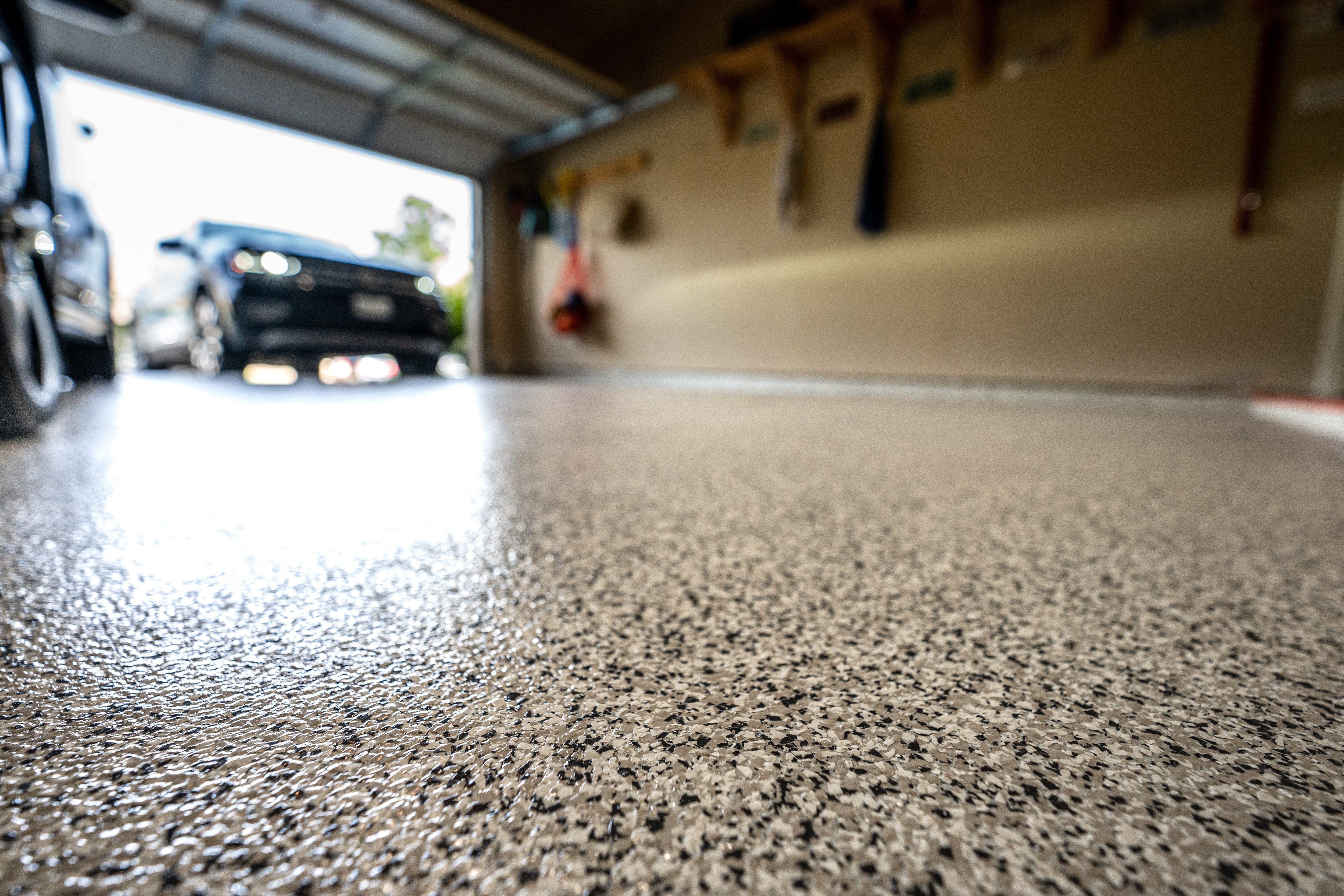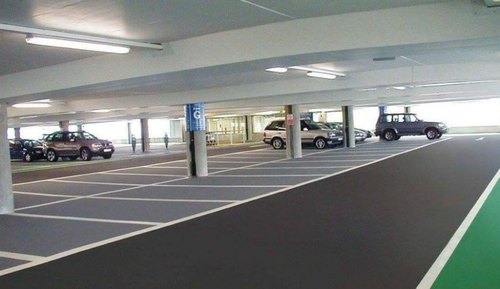When the prroperty owner doesn't want to get it done themselves they're able to get in touch with epoxy flooring companies to do the work. Of course the expense of this particular type of flooring is justified by the durability of its since once it's been laid it will last a life time. Try and get the same color of epoxy layer so that it suits with the majority of the floor.
Epoxy Flooring For Car Parking

There are many benefits of obtaining the epoxy area coating with the concrete surfaces as when compared to the traditional home floors. Epoxy flooring likewise includes one major benefit as it can be modified to provide the floor of yours the preferred finish. Here are a few things you might or even might not yet know aproximatelly one of the most important covering components in existence.
How to Install a Seamless Car Park Coating System

Epoxy flooring is known for a high gloss finish which can increase light reflectivity by 200 %. If you would like a long lasting, robust garage floor, epoxy is actually the best option. This makes it a perfect choice for both industrial and domestic use. Some house owners sometimes eat their kitchen floors to become made with coated with epoxy.
Car Parking Epoxy Floor Paint

epoxy flooring paint for car parking lot

Epoxy Car Parking u2013 Manarolla Decorative Village

Epoxy Flooring For Car Parking – Superior Concrete Finishes

Car Park Flooring Systems – Epoxy and Polyurethane flooring solutions

4 Reasons Epoxy is the Best Choice for Your Garage Blackrock

Car Park u0026 Traffic Coating
Is it possible to make a parking lot using epoxy coating? – TKI

How to Epoxy Your Garage Floor in 9 Steps

Zonasha frontier IT building park Sunanda Global coats epoxy floor

Epoxy resin flooring – PLC Laboratory – for parking lots / waxed

Epoxy Flooring Malaysia Epoxy Coating Polyurethane Coating

Car Parking Coating car park epoxy coatingcar parking flooring

Related Posts:
- Epoxy Flooring Technical Details
- Arizona Polymer Flooring Epoxy 400 Price
- Residential Epoxy Flooring DIY
- Waterproof Epoxy Floor Coating
- Epoxy Floor Peeling
- Epoxy Flooring For Concrete
- How To Apply Epoxy Paint On Cement Floor
- Dur A Quartz Epoxy Flooring
- Spray On Epoxy Flooring
- How To Paint Epoxy On Concrete Floor
